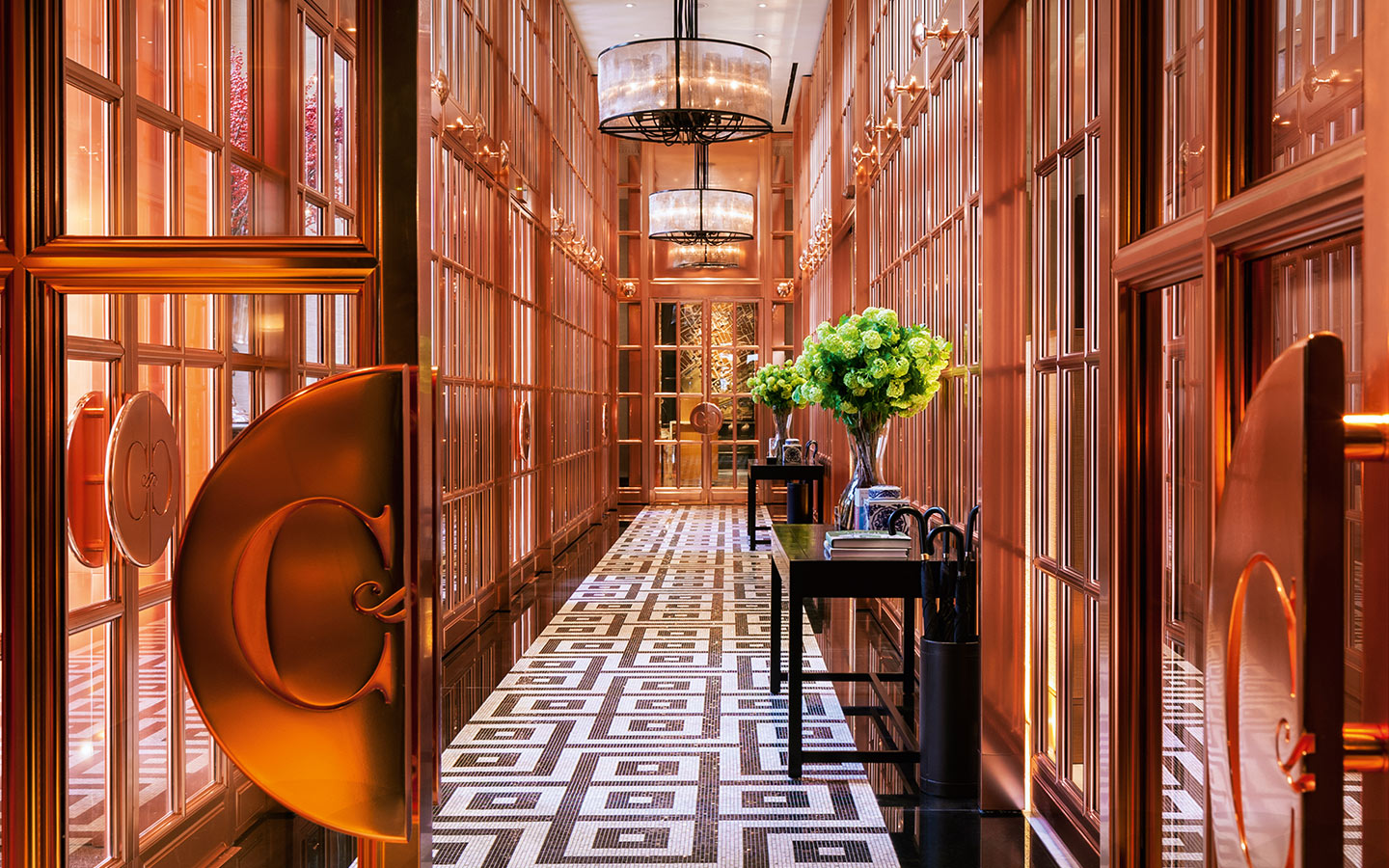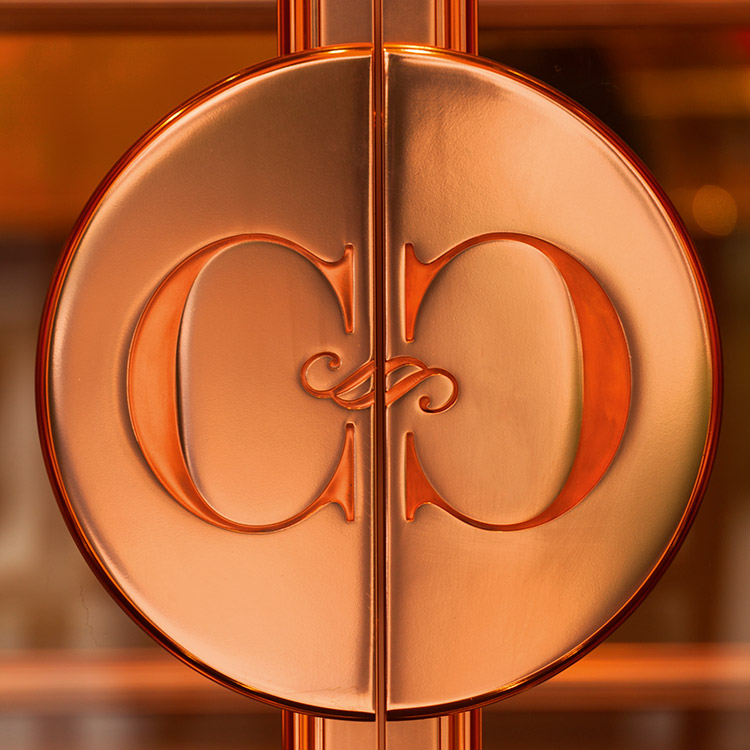Rose Bronze Gallery, Rosewood Hotel
Tony Chi and Associates
Rosewood Hotel, London 2013
The Rosewood Hotel in London is located in a monumental Edwardian neoclassical building designed in 1914 by the architect H. Percy Monckton, once the headquarters of the Pearl Assurance Company on High Holborn, near Covent Garden and the Royal Opera House.
Tony Chi has listened to the atmospheres of the past, adapting to the heritage regulations applied to specific parts of the construction, to intervene with great care and orchestration without avoiding the contemporary image that is a part of all his projects, mostly for the creation of luxury spaces.
Among the various episodes of the rich, choral staging of the interiors of this exclusive hotel, based on contrasts and a sense of surprise, the Rose Bronze Gallery is undoubtedly one of the most extensive and most successful.
Strategically located as a filter of access and a surprising circulation space, this long narrow zone parallel to the entrance facade is formed by two long, complementary glass walls paced by a regular grid and an overall figure that is a reminder of the jardins d’hiver connected to the indoor spaces of large country estates, but also of 19th-century greenhouses and the large glass pavilions of the jardins des plantes.
The feature that functions here as a conceptual leap and winning move, making the place immediately contemporary while avoiding a logic of revival, is the materic impact of the casements that define the space. That particular rose tone of copper that has not aged, plated here over a brass structure makes crossing this unusual threshold a unique spatial experience.
Marzorati Ronchetti has overseen the entire production, developing definitive drawings for every detail, from the overall figure to the circular handle split into two symmetrical sectors.
Materials
Polished copper-plated brass
Marzorati Ronchetti has overseen the entire production, developing definitive drawings for every detail, from the overall figure to the circular handle split into two symmetrical sectors.





